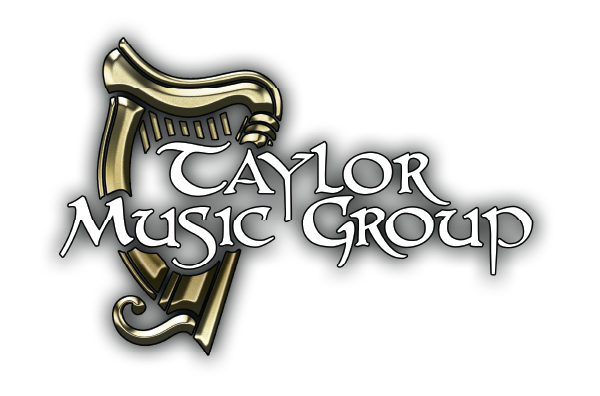American Recording Guide Review of "Celtic Mass"
By Robert Declamp
Two contrasting settings of the Ordinary of the Mass, both influenced by traditional Celtic music. Dublin born composer Michael McGlynn has created a setting “seen though a folk music lens” incorporating a variety of elements: Gaelic texts, Celtic rhythms, and influences from Dufay to Britten as well as the Bulgarian choral tradition. Amidst the texts of the Ordinary, McGlynn “tropes” movements in Gaelic and Latin: ‘Codhlaim go Suan’, ‘Alleluia’, ‘Ave Maria’, ‘Pater Noster’. Scored for choir, soloists, organ, string quartet, and harp, it displays an inventive and uniquely creative treatment of the texts. Of particular note is the ethereal Sanctus and the shimmering Agnus Dei, which ends on a note of uncertainty, suggesting the search for peace continues.
Sir James MacMillan, a prominent Scottish composer, has achieved international status. He has written music ranging from symphonies and choral- orchestral works to chamber music for instruments and voices, but choral music stands at the center of his output. He has stated that “Music seeks out the sacred—in a sense, all music is sacred” and his Mass reflects his firm grounding in the culture and heritage of his native Scotland, coupled with his devout Catholic faith.
Scored for choir and organ, it is the only one of his three masses in the vernacular, and it also includes settings of the Celebrant’s part —Sursum Corda, Preface, Eucharist Prayer, and the Memorial Acclamation. This marvelous music is mystical, ecstatic, joyous. One wishes to hear it as part of a real celebration of theEucharist. The movements are unified by a motive in the tradition of Renaissance Mass settings—a rising fifth followed by a rising melisma—infusing them with a sense of yearning. A climax is reached in theSanctus that combines the motive, contrapuntal rigor, and virtuosic organ flourishes to create an atmosphere of choral ecstasy. Fine choir in fine performances. Notes on the music and texts.
Robert Declamp
From American Recording Guide (Cincinnati, OH)

